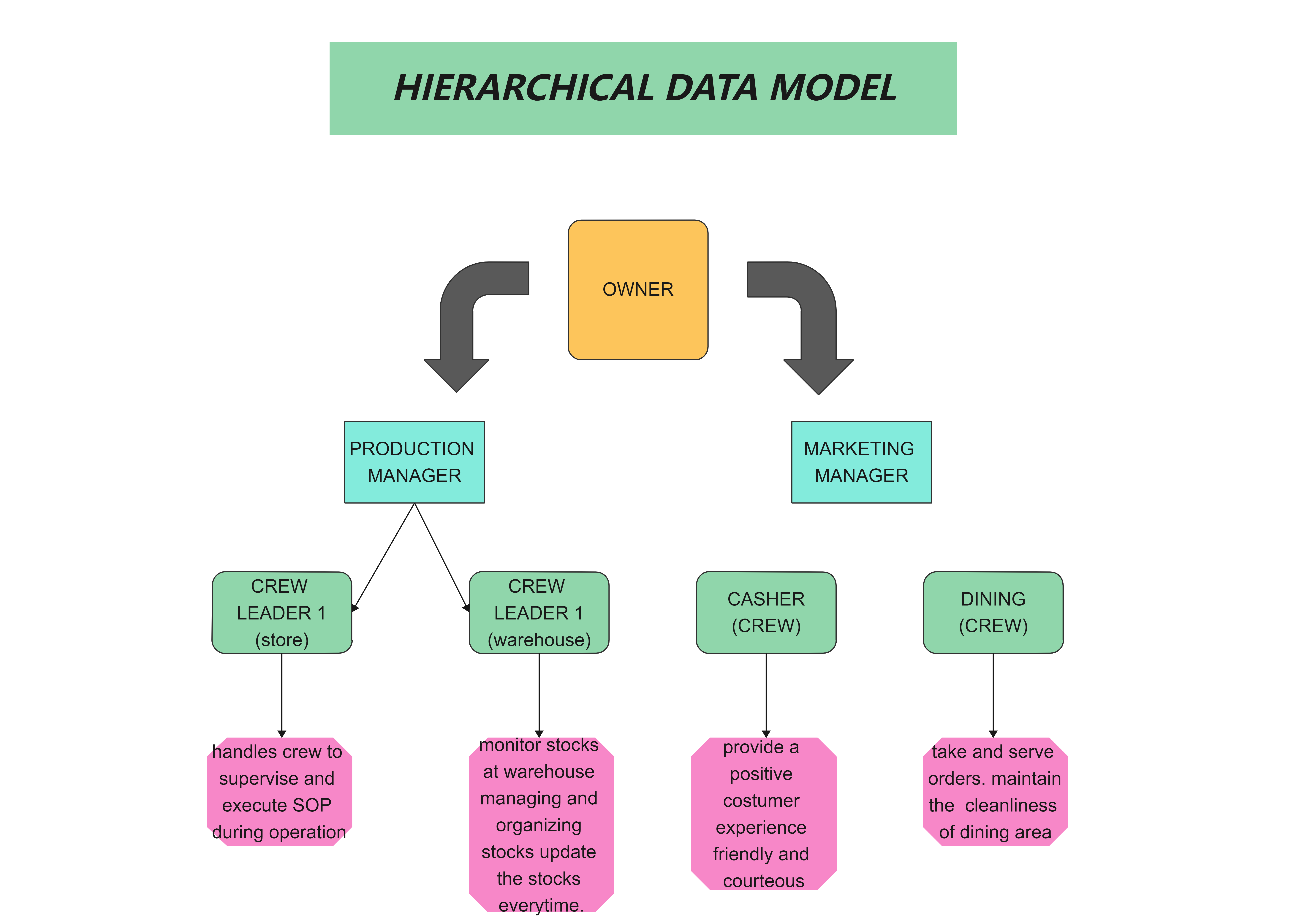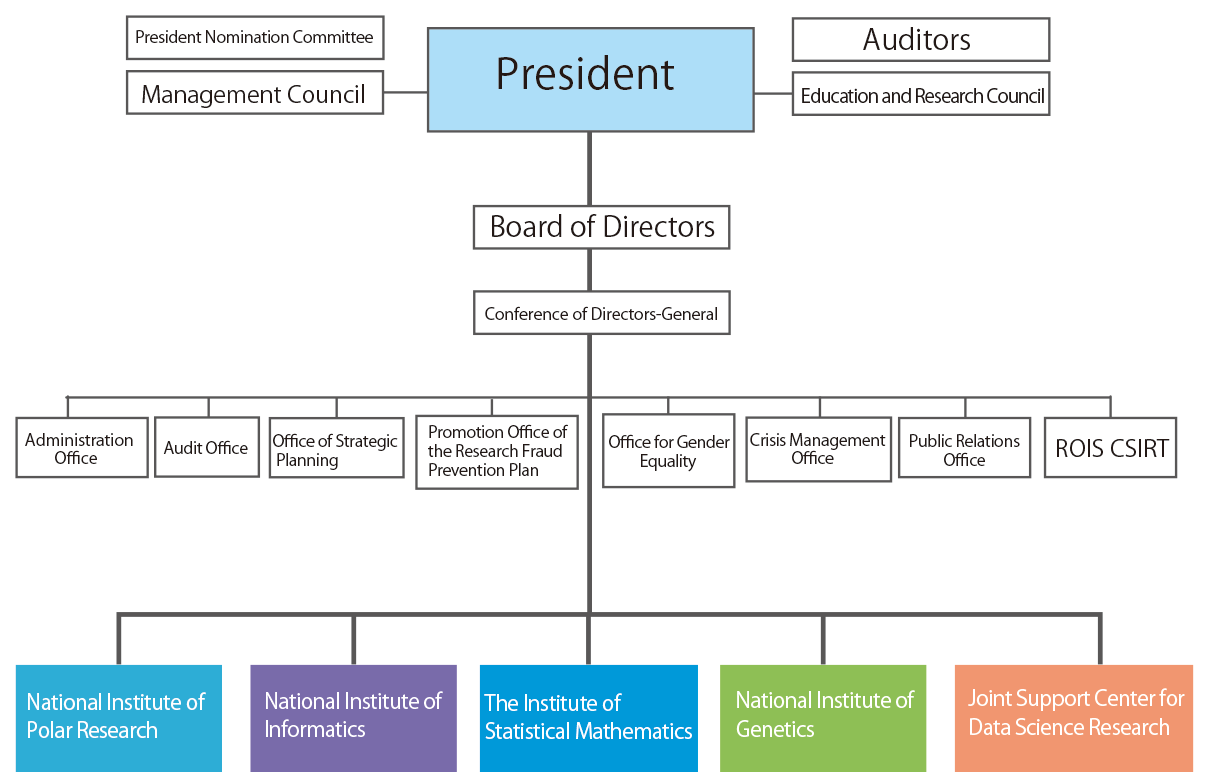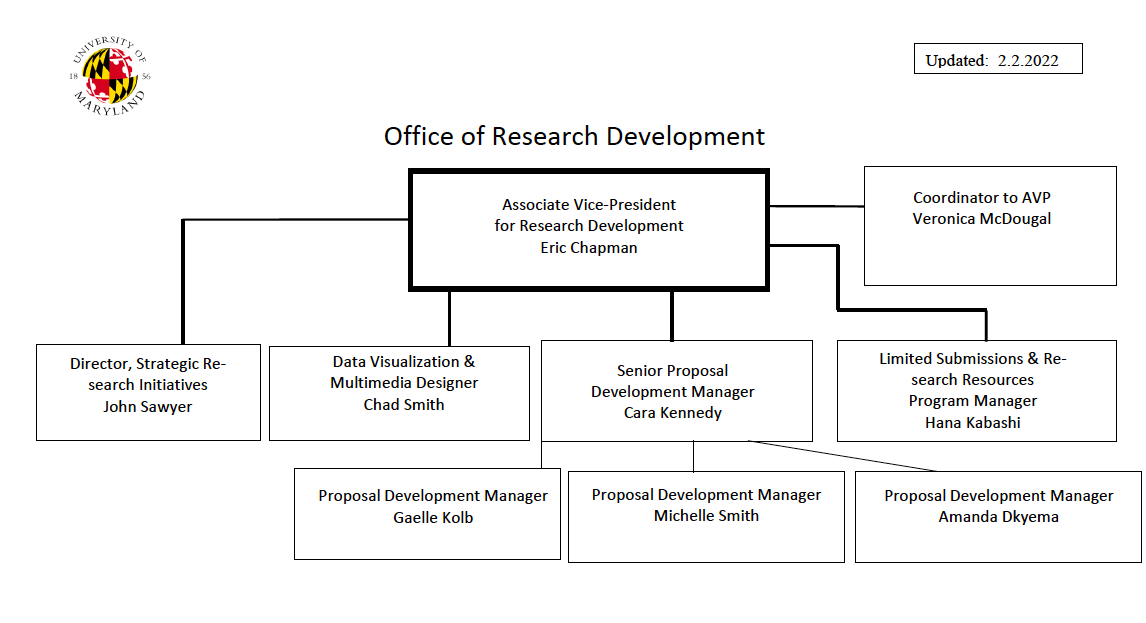Decoding The Hierarchy: A Deep Dive Into Organizational Chart Analysis
Decoding the Hierarchy: A Deep Dive into Organizational Chart Analysis
Associated Articles: Decoding the Hierarchy: A Deep Dive into Organizational Chart Analysis
Introduction
On this auspicious event, we’re delighted to delve into the intriguing matter associated to Decoding the Hierarchy: A Deep Dive into Organizational Chart Analysis. Let’s weave attention-grabbing info and provide contemporary views to the readers.
Desk of Content material
Decoding the Hierarchy: A Deep Dive into Organizational Chart Analysis

Organizational charts, these seemingly easy diagrams depicting the construction of a company, are way more complicated than they seem. They don’t seem to be merely visible representations; they’re highly effective instruments reflecting a company’s tradition, technique, communication flows, and finally, its success or failure. Analysis into organizational charts spans a number of disciplines, from sociology and administration science to psychology and data science, revealing fascinating insights into how these constructions form habits and efficiency. This text explores the important thing areas of organizational chart analysis, inspecting its historic improvement, methodologies, key findings, and future instructions.
A Historic Perspective: From Easy Hierarchies to Advanced Networks
The early use of organizational charts might be traced again to the late nineteenth and early twentieth centuries, coinciding with the rise of large-scale industrial organizations. Initially, they have been primarily used for depicting easy hierarchical constructions, reflecting a top-down, command-and-control method to administration. These early charts, usually resembling inverted pyramids, clearly delineated strains of authority and reporting relationships. The main target was on effectivity and management, mirroring the prevailing mechanistic view of organizations.
Nevertheless, as organizations developed and have become extra complicated, so too did the necessity for extra subtle representations. The restrictions of easy hierarchical charts grew to become obvious, significantly in capturing the more and more collaborative and networked nature of recent workplaces. This led to the event of assorted different chart sorts, together with matrix constructions, community organizations, and flat organizations, every reflecting totally different organizational philosophies and techniques.
Methodologies in Organizational Chart Analysis:
Analysis on organizational charts employs quite a lot of methodologies, relying on the analysis query and the character of the info. Some key approaches embrace:
-
Quantitative Evaluation: This entails analyzing numerical information derived from organizational charts, such because the variety of hierarchical ranges, span of management, centrality measures, and community density. Statistical methods are used to determine patterns and relationships between chart traits and organizational outcomes, reminiscent of efficiency, innovation, and worker satisfaction. Community evaluation methods, particularly, have turn into more and more vital in understanding the complicated relationships inside organizations represented by charts.
-
Qualitative Evaluation: This method focuses on understanding the which means and interpretation of organizational charts inside their organizational context. Researchers might use interviews, observations, and doc evaluation to discover how charts are used, perceived, and understood by organizational members. This method helps to uncover the symbolic and cultural significance of charts, past their purely structural illustration.
-
Comparative Research: These research evaluate organizational charts throughout totally different organizations, industries, or time durations. This enables researchers to determine finest practices, discover the impression of various structural selections, and study the connection between organizational construction and contextual elements.
-
Case Research: In-depth investigations of particular organizations present wealthy qualitative information that may illuminate the complexities of organizational construction and its relationship to organizational processes and outcomes. Case research can provide invaluable insights into how organizational charts are carried out and interpreted in observe.
-
Simulation Modeling: Researchers can use computational fashions to simulate the results of various organizational constructions on varied organizational outcomes. This enables for the exploration of "what-if" situations and the testing of hypotheses in a managed surroundings.
Key Findings and Insights from Analysis:
Analysis on organizational charts has yielded a number of important insights:
-
The Impression of Construction on Efficiency: Whereas a easy relationship between construction and efficiency shouldn’t be constantly discovered, analysis means that organizational construction considerably impacts organizational effectiveness. The optimum construction varies relying on the group’s context, technique, and surroundings. For instance, hierarchical constructions could also be extra environment friendly in secure environments, whereas flatter, extra decentralized constructions could also be higher fitted to dynamic and progressive environments.
-
Communication and Data Movement: Organizational charts considerably affect communication patterns and data circulate inside organizations. Hierarchical constructions can result in bottlenecks and delays in communication, whereas decentralized constructions can facilitate sooner and extra environment friendly communication however might result in info silos.
-
Energy and Affect: The place of a person inside an organizational chart displays their formal energy and authority. Nevertheless, casual energy constructions usually exist, which aren’t all the time mirrored within the formal chart. Analysis explores the interaction between formal and casual energy dynamics and their impression on organizational processes.
-
Tradition and Identification: Organizational charts can talk a company’s tradition and values. For instance, a extremely hierarchical chart might mirror a tradition of management and authority, whereas a flat group might mirror a tradition of collaboration and empowerment. The design and interpretation of charts are influenced by the shared understanding and values inside a company.
-
Organizational Change and Adaptation: Organizational charts should not static; they evolve over time in response to modifications within the group’s surroundings, technique, and know-how. Analysis examines how organizations adapt their constructions and charts to fulfill new challenges and alternatives. This usually entails understanding the resistance to alter and the processes concerned in restructuring.
Future Instructions in Organizational Chart Analysis:
A number of promising avenues for future analysis exist:
-
Massive Information and Organizational Charts: The growing availability of enormous organizational datasets provides alternatives for making use of superior analytical methods to discover complicated relationships between organizational construction and efficiency. Machine studying algorithms can be utilized to determine patterns and predict outcomes which can be troublesome to detect utilizing conventional strategies.
-
The Function of Expertise: The rise of digital applied sciences and distant work is altering the character of organizational constructions. Analysis is required to know how these modifications are mirrored in organizational charts and the way know-how influences communication patterns and collaboration inside organizations.
-
Organizational Agility and Chart Design: In as we speak’s quickly altering surroundings, organizational agility is essential. Analysis must discover how organizational charts might be designed to assist agility and flexibility. This may contain investigating the usage of dynamic and versatile chart constructions that may simply be modified in response to altering circumstances.
-
Cross-Cultural Comparisons: Comparative research throughout totally different cultural contexts are wanted to know how cultural elements affect the design, interpretation, and effectiveness of organizational charts. Completely different cultures might have totally different preferences for hierarchical constructions and communication kinds, which have to be thought-about within the design and implementation of organizational charts.
Conclusion:
Organizational chart analysis is a wealthy and multifaceted discipline that gives invaluable insights into the construction and functioning of organizations. By using quite a lot of methodologies, researchers have uncovered important relationships between organizational construction, communication, energy dynamics, tradition, and efficiency. As organizations proceed to evolve in response to technological developments and globalization, analysis on organizational charts will stay essential in understanding the complexities of organizational design and administration. Future analysis must give attention to leveraging large information, addressing the affect of know-how, and exploring the cultural dimensions of organizational construction to additional improve our understanding of those highly effective visible representations of organizational life.







Closure
Thus, we hope this text has supplied invaluable insights into Decoding the Hierarchy: A Deep Dive into Organizational Chart Analysis. We admire your consideration to our article. See you in our subsequent article!
